Grand Canyon Q&A: A Conversation with 7th Graders This past week, I got a call from our office asking if I’d be willing to...
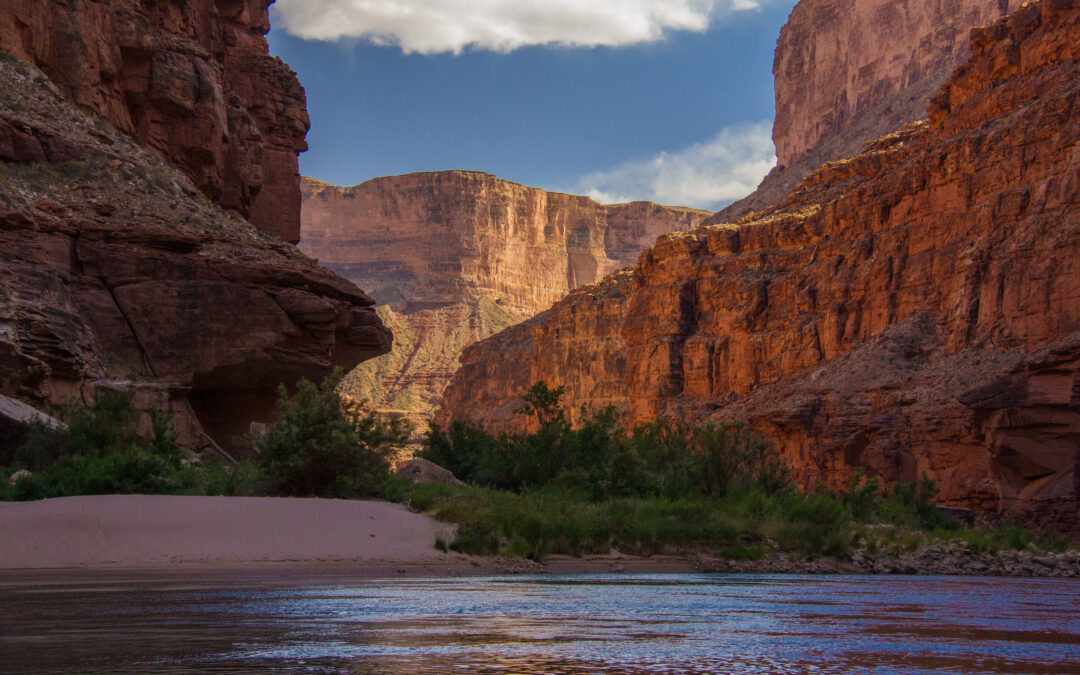
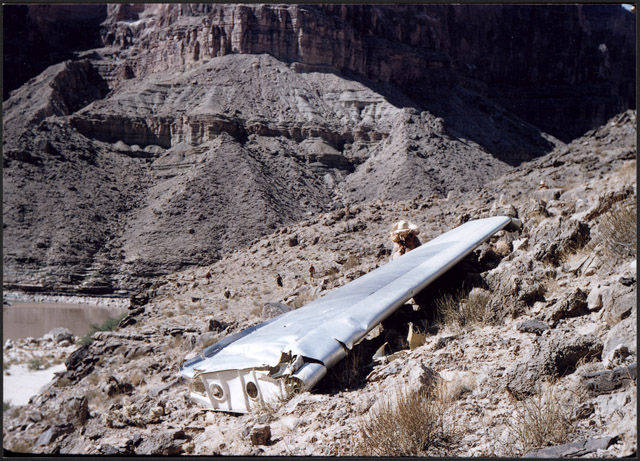
This upcoming Saturday, August 23, 2025, marks the 67th anniversary of the creation of the Federal Aviation Administration (FAA). You might be wondering — what does the FAA have to do with the Grand Canyon?
Well, the Grand Canyon was a major driving force behind the formation of this crucial agency. Here’s the story.
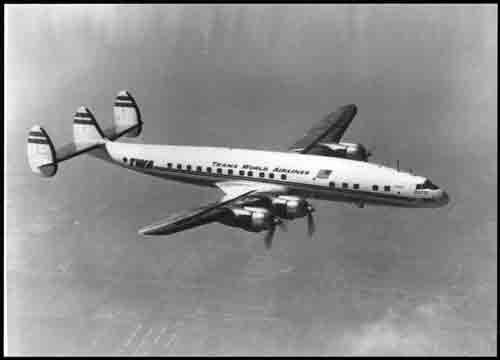 On the morning of June 30, 1956, two commercial flights sat at their gates at Los Angeles International Airport. One was Trans World Airlines (TWA) Flight 2, headed for Kansas City, Missouri. The other was United Airlines Flight 718, bound for Chicago, Illinois. These were routine flights that both crews had flown many times before.
On the morning of June 30, 1956, two commercial flights sat at their gates at Los Angeles International Airport. One was Trans World Airlines (TWA) Flight 2, headed for Kansas City, Missouri. The other was United Airlines Flight 718, bound for Chicago, Illinois. These were routine flights that both crews had flown many times before.
Both flights experienced minor delays that morning: TWA due to routine maintenance, and United due to increased air traffic. TWA Flight 2 departed at 9:01 a.m., followed closely by United Flight 718 at 9:04 a.m.
Although both aircraft were heading east, their flight paths were initially different. TWA’s Lockheed Super Constellation planned a route north over the San Bernardino Mountains, while United’s DC-7 flew east over Palm Springs. TWA was cleared to fly at 19,000 feet, while United was cruising at 21,000 feet.
However, TWA soon encountered bad weather and requested to ascend to 21,000 feet. The request was denied, as that altitude was already occupied by other traffic. Instead, they were granted clearance to fly 1,000 feet above the weather.
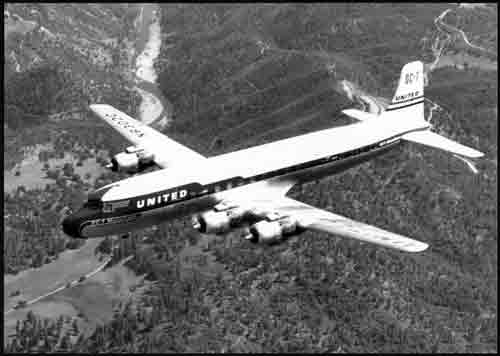 As both flights approached the Grand Canyon, something that had become an unofficial tradition took place. Pilots often deviated slightly from their flight paths to give passengers a breathtaking view of the canyon — a harmless detour in most cases. But this day would be different.
As both flights approached the Grand Canyon, something that had become an unofficial tradition took place. Pilots often deviated slightly from their flight paths to give passengers a breathtaking view of the canyon — a harmless detour in most cases. But this day would be different.
At 10:31 a.m., an air traffic controller in Salt Lake City picked up a final, unclear transmission from United Flight 718. At the time, no one realized it would be their last.
By 11:50 a.m., when there was still no contact from either aircraft, missing aircraft reports were filed. Soon after, a pilot flying a scenic tour over the Grand Canyon reported seeing smoke. Upon circling back to investigate, they discovered the wreckage.
The two planes had collided mid-air during their detours. TWA’s aircraft had crashed into the face of Temple Butte, while United’s was scattered across the southern face of Chuar Butte. Both locations are near the confluence of the Little Colorado River and the Colorado River.
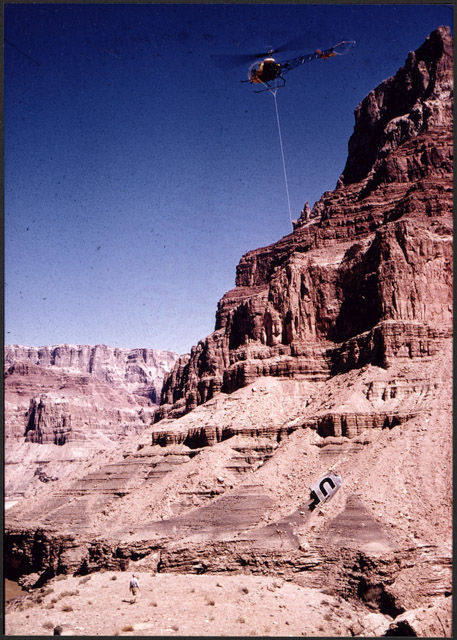 Aftermath and Legacy
Aftermath and LegacyAll 128 people aboard the two flights perished. The violent impact, combined with the heat from the collision, caused the aluminum fuselages to melt into the canyon’s rocky terrain. Rescue and recovery efforts were made even more difficult by the rugged landscape. United Airlines even enlisted a Swiss mountain rescue team to aid in the search. Of all those on board the flights, only 30 of their bodies were able to be removed from the wreckage and of those 30, only three were able to be accurately identified.
It was, at the time, the deadliest civilian air crash in history.
Public outcry over this now, historic, tragedy in Grand Canyon and the lack of effective air traffic control spurred swift action. Just two years later, in 1958, the FAA was established to oversee and improve aviation safety in the United States.
Today, the area across from the Little Colorado River confluence is known as Crash Canyon — a somber reminder of the event that forever changed air travel.
Grand Canyon Q&A: A Conversation with 7th Graders This past week, I got a call from our office asking if I’d be willing to talk to some seventh graders about the Grand Canyon. It was definitely an unusual request for me, but of course I said yes. When I...
Stanton’s Cave: An Archaeological Gem in the Grand Canyon The Grand Canyon is full of archaeological and paleontological wonders, but one site that truly stands out for its unique treasures is Stanton’s Cave. Named after Robert Brewster Stanton, the cave was...
Though mountain lions are rarely seen, their presence and impact within Grand Canyon National Park are deeply felt. As apex predators…